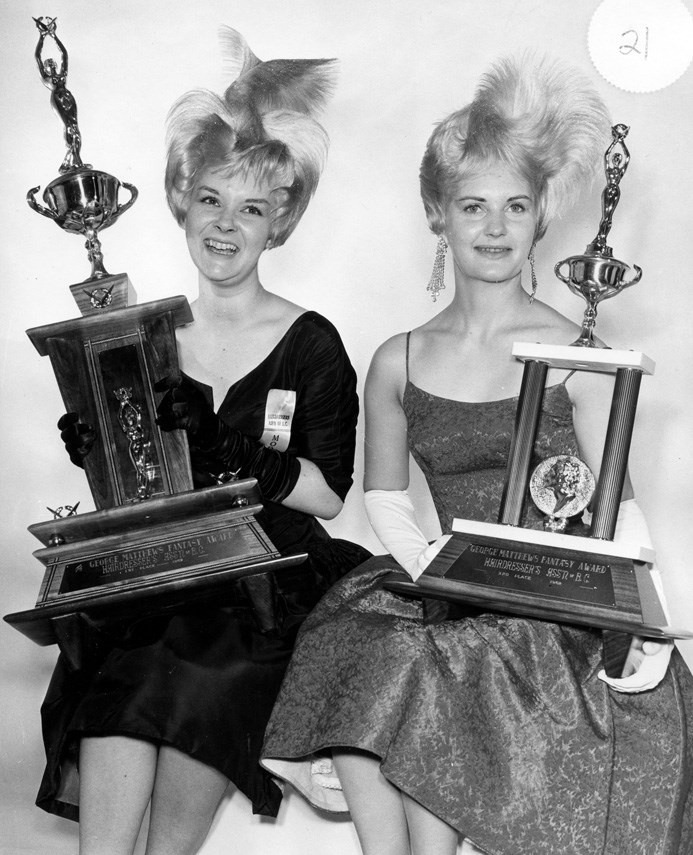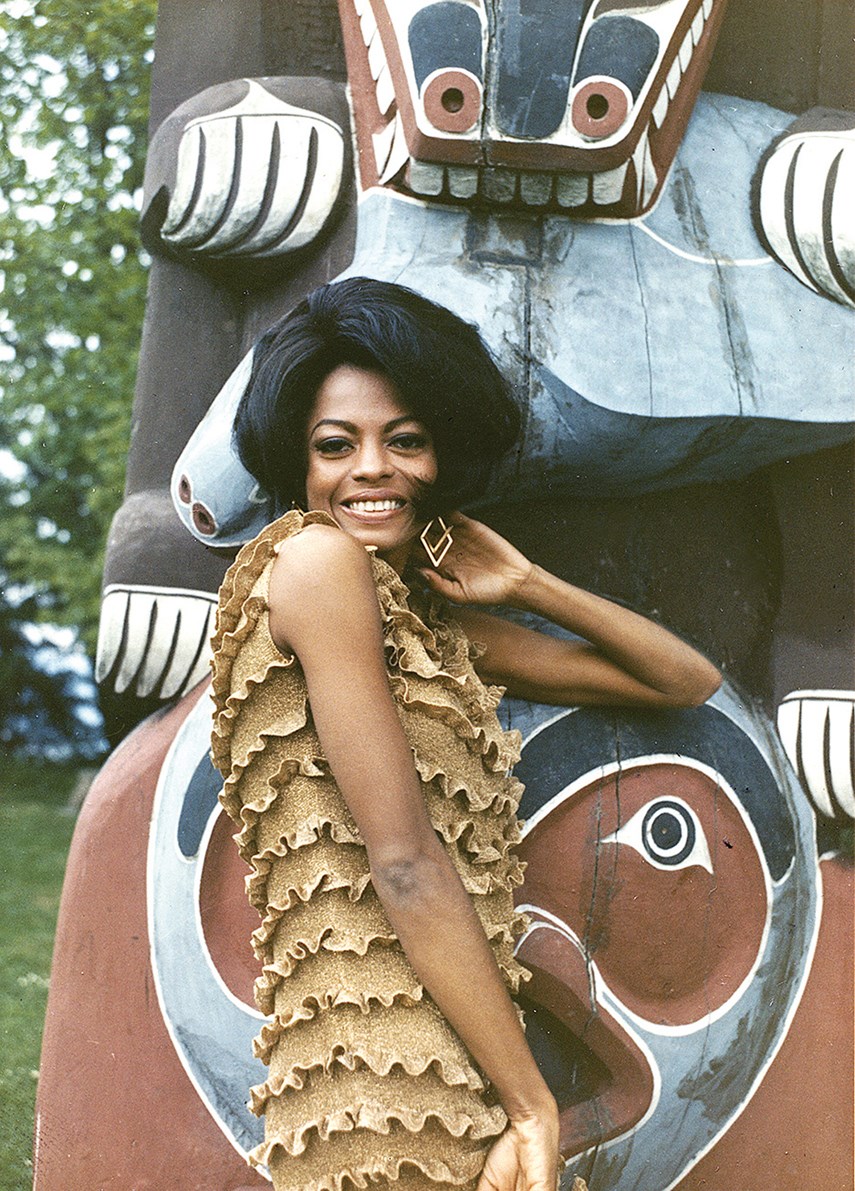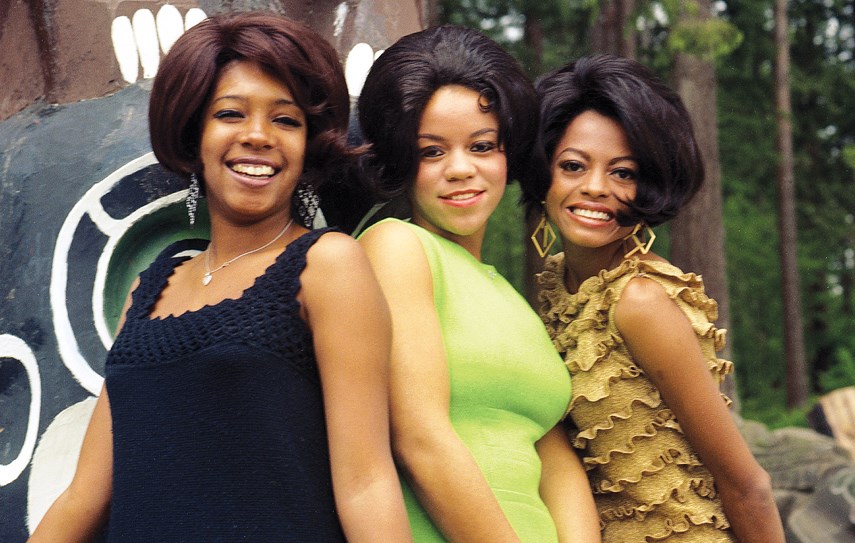Beauty may be in the eye of the beholder, but just what did Dick Oulton behold in the moment his camera sent a wave of light over hairdressers and bodybuilders and empty cafes?
Ambling through the exhibit and examining the Oulton photos splashed across two walls of the Polygon Gallery, manager Diane Evans has the ghost of a smile on her face, like someone enjoying the challenge of a puzzle that’s missing a few pieces.
Do his photos remind you of anyone else, I ask.
“No,” she replies.����������������������������������������������������������������������������������������������������������������������������������������������������������������
Do we know much about him as a person?
“Not very much,” she replies.
He was dapper, she adds, gesturing to his carefully groomed appearance in a portrait shot by Foncie Pulice. He was also something of a man about town, Evans notes.

In an essay written by art curator Helga Pakasaar, she argues that Oulton’s photography formed “an integral part of his social life.” He was a commercial photographer but he was also a “watchful detective,” Pakasaar writes, noting he spent: “countless hours on the streets of Vancouver, ‘botanizing the asphalt’ with his camera.”
Oulton’s photos also reveal “what could be called a fetish for good legs and high-heeled shoes,” Pakasaar adds.
In the current Polygon exhibition, Evans points to a shot of Oulton standing beside Ken Honey, a photographer and scout for Playboy magazine.
But while Oulton might have had more interest in women’s ankles than the average orthopedic surgeon, his most arresting pictures are the shots that find a dignified quiet in the overt ridiculousness of the B.C. Hairdressers’ Association’s fantasy competition.
He captured one woman in particular who might’ve been the heroine in an Alfred Hitchcock thriller. Her formal dress is the colour of a putting green after a rainfall. Immaculate gloves stretch to her elbows. Her eyes are closed and her unlined face seems caught in a moment of quiet contemplation. And then there’s her hair.
The swooping, dipping splintering thing above her head looks so much like a bird you expect it to squawk. It’s a bird-do. An avian-chignon.
Was Oulton laughing into his camera? Did he see beauty in hair wings that might have been coifed by the Wright brothers?
Less intimate is Oulton’s wide-angle shot of the hairdressers’ ball. The frame stretches across a lobby that looks so much like the Overlook Hotel that you half-expect Jack Nicholson to waltz through the frame.
But sandwiched between the rows of spectators Oulton has caught the mood of a half-dozen women whose expressions range from trepidation to triumph as they stare into tabletop mirrors and appraise the alien creations atop their heads.
The exhibition also features Oulton’s more classical shots of a hydroelectric facility in Kemano and architectural photos of empty cafes that could be featured in industry newsletters. But it’s his pictures of odd families and serious men in suits appraising lettuce and rutabagas and where his affection for the odd and awkward shines through.
Evans points to a picture that seems to chronicle a man playing referee to two women locked in a staring contest.
“I really love the strangeness,” she says.

That strangeness, which includes Diana Ross at a totem pole and workers in what appears to be Dr. Frankenstein’s lab, was almost lost forever.
After a half-century of shooting everything from wrestling matches to passports, Oulton was hospitalized in the 1990s and forced to abandon his studio on West Hastings Street in Vancouver.
After friends rescued Oulton’s life’s work from squatters who were trashing the studio, the photos were subsequently donated to Presentation House Gallery, Evans says.
The gallery has been in possession of the photos for years now. And while Oulton may always present a puzzle, some of the missing pieces of that puzzle could still be found in Polygon’s storage space, Evans notes.
“We’ve got 10 big boxes of negatives which we’ve never even looked at.”
Dick Oulton Studios Limited: Wedding – Color – Portraits, Polygon Gallery.��.
��


